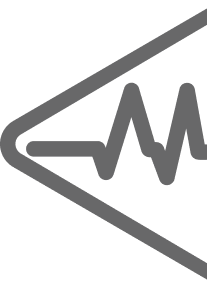Cluster Headache
Overview/prevalence -
Cluster headaches are more common in males than females and usually occur between the age of 20-40 years old. Cluster headaches typically decline with age.
Symptoms
Cluster headaches usually occur on one side of the head and are described as severe, stabbing and sharp. During an attack the symptoms will stay on that side of the head but may switch during a different attack. Symptoms can last as little as 15 minutes up to 3 hours. These symptoms may occur every other day or up to 8 times per day. In between these bouts there are periods of remission, which may last months.
The symptoms of cluster headache include autonomic symptoms on one side with or without restlessness.
Autonomic symptoms refer to:
Sweating
Drooping of the eyelid
Decreased size of the pupil of the eye
Tearing of the eye
Nasal congestion
Runny nose
Diagnosis
The diagnosis of cluster headache is based on the history of symptoms and at least 5 attacks.
Cluster headaches can further be broken down into chronic or episodic cluster headaches depending on the duration and space between the headaches.
MRI is recommended during the initial evaluation for those with cluster headaches to assess for an underlying issue with the the brain or pituitary gland.
Treatment
During an acute cluster headache in the office or emergency room, oxygen should be given. If oxygen is unavailable then a triptan medicine should be given.
Once in a cluster headache there is medicine to try to prevent it from happening. These medicines include a calcium channel blocker and steroids. If none of these medicines help, injections may be an option.














